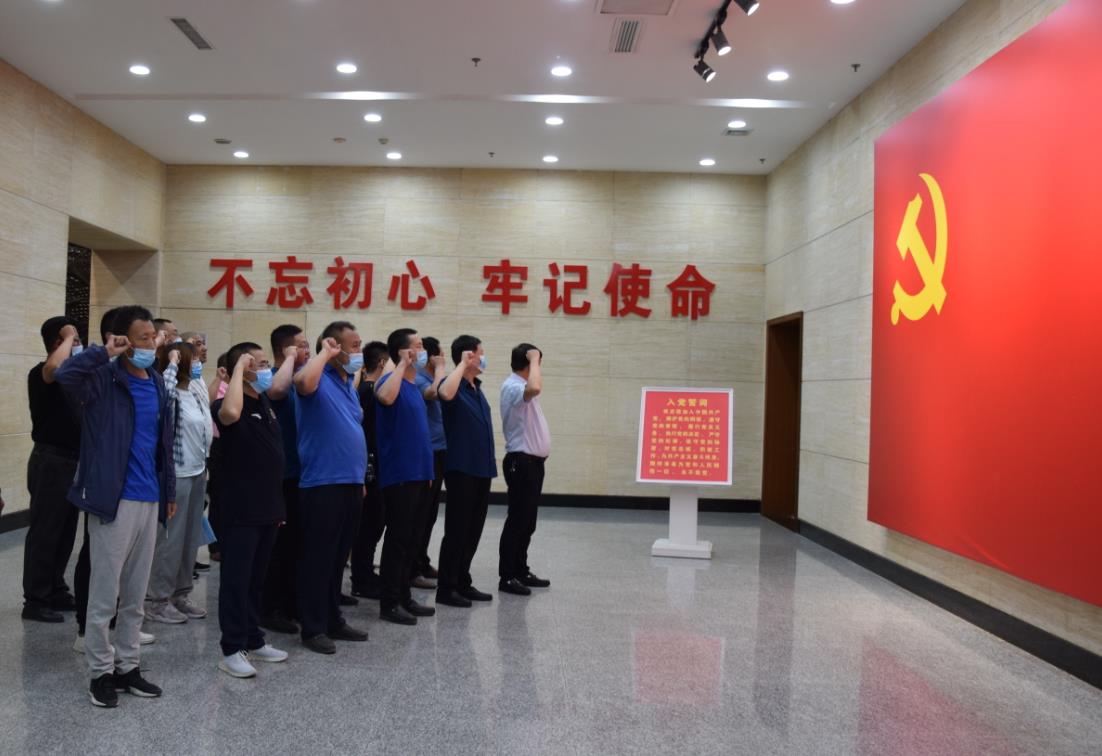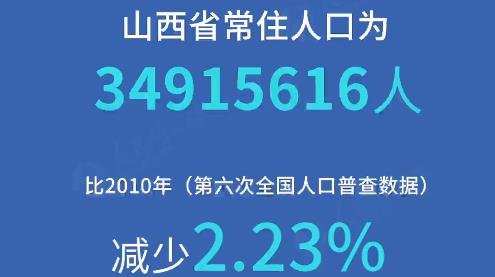
A new plant for light-emitting displays operates in the Changzhi Optics and Electronics Industrial Park.
Despite the COVID-19 pandemic, North China's Shanxi province has witnessed a boom in investment over the past year, with more than 7,200 new projects breaking ground in 2020.
These projects, with a combined investment of 1.24 trillion yuan ($190 billion), have driven the province's year-on-year fixed-asset investment growth to 10.6 percent in 2020, much higher than the national average of 7.7 percent, according to the Shanxi Statistics Bureau. The growth also ranked Shanxi second in the country, the province's best ranking in two decades.
Among the projects, nearly 2,000 have settled in Shanxi's various industrial zones, mainly engaged in such emerging and high-tech sectors as biomedicines, new energy, new infrastructure featuring the new generation of information technology, advanced manufacturing, electronics, integrated circuit and semiconductors.
More than 900 projects in the zones and parks became operational last year, according to the Shanxi Statistics Bureau.
Jinbo Biology is a high-tech company in the Shanxi Transition and Comprehensive Reform Demonstration Zone in Taiyuan. It announced in September 2020 the mass production of the nation's first recombined human-source collagen product, which was developed in cooperation with Shanghai-based Fudan University and the Institute of Biophysics of the Chinese Academy of Sciences.
Dayun Group, a Shanxi automaker based in the city of Yuncheng, started the operation of a new energy vehicle plant in September 2020. With the new facility, Dayun has an NEV rolling off its assembly lines in every two minutes. The company reported an output value of 50 billion yuan for the past year.
On March 6, Shanxi's largest lithium-battery energy storage equipment manufacturing project began construction in the city of Shuozhou.
With a total investment of 500 million yuan by local Huashuo New Energy Technology and Nengji Smart Technology, the project has six production lines with an annual capacity of 1 gigawatt-hours.
Behind the investment boom are Shanxi's favorable policies for emerging and high-tech industries, as well as the local authorities' efforts in improving the investment environment, according to local officials and businesspeople.
Shanxi's business climate improved substantially last year as the government continued its endeavors in streamlining administrative services, according to Zhang Jun, an executive at Tai'an New Energy Technology based in the city of Xinzhou.
"The provincial government has further delegated its approval rights to the local governments, making it possible for us to get all the approval procedures through in the local city,"Zhang said.
He added that the local government has streamlined approval procedures for starting a business.
"We needed to go through about 30 approval procedures relating to business registration, land use and construction in the past," Zhang said. "And now only six procedures are required to start a project."
Wang Pei contributed to this story.
By YUAN SHENGGAO
 山西路桥:党建引领 建好“四好农村路”山西路桥建设集团党委扎实开展“党建质量提升年”,实施“六大工程”,立足“十四五”高质量、高速度、高效益发展的战略基点,全面提高党建质量和党建引领发展水平,为打造“国内一流的交通基础设施投资、建设、施工现代化企业集团”提供坚强政治保障。
山西路桥:党建引领 建好“四好农村路”山西路桥建设集团党委扎实开展“党建质量提升年”,实施“六大工程”,立足“十四五”高质量、高速度、高效益发展的战略基点,全面提高党建质量和党建引领发展水平,为打造“国内一流的交通基础设施投资、建设、施工现代化企业集团”提供坚强政治保障。
 常住人口3491万 山西人口普查数据"出炉"山西省统计局向社会通报山西省第七次全国人口普查主要数据。数据显示,山西省常住人口为34915616人,比2010年(第六次全国人口普查数据,下同)减少2.23%,年平均减少0.23%。山西省常住人口总量减少,主要受人口流动变化等因素影响。
常住人口3491万 山西人口普查数据"出炉"山西省统计局向社会通报山西省第七次全国人口普查主要数据。数据显示,山西省常住人口为34915616人,比2010年(第六次全国人口普查数据,下同)减少2.23%,年平均减少0.23%。山西省常住人口总量减少,主要受人口流动变化等因素影响。